This article was originally featured in March 2018 Think Realty Magazine and written by Douglas Skipworth, Co-Founder and Principal Broker at CrestCore Realty.

Douglas Skipworth, Co-Founder and Principal Broker at CrestCore Realty
Did you know that the typical property management client owns “1.5 units?” Despite that low (and strangely divisive) number, the National Association of Residential Property Managers (NARPM) estimates that the average property manager has about 300 units under management, which equates to about 200 owner-clients for the average property management firm. That’s a lot of properties, and a lot of potential for a property management company equipped to manage properties at scale.
My company is presently one of the largest single-family residential property managers in the country. Currently, we have around 500 clients who own 2,500 units and provide housing to over 5,000 local residents. Our desire to help these clients and residents with property management services has led us to become excellent at managing large portfolios.
Along the way, we learned an important lesson: Whether managing for lots of owners or managing lots of properties for one owner (or yourself), there are three keys to be a successful property manager of large portfolios:
1. Systems
Property management is a simple business, but it’s not necessarily an easy business.
Here is the basic property management lifecycle:
• Get a property ready
• Lease the property
• Collect the rent each period
• Resolve whatever issues arise
• Repeat as necessary
The rental life cycle has been the same for centuries and does not appear to be changing any time soon.
Even though the cycle is not changing, the best managers use systems to provide structure and consistency to that life cycle. Without those systems, it is like recreating the wheel when trying to manage at scale. Examples include:
• standardized documentation
• policies
• procedures
• reports
• checklists
• organizational structures
Before we introduced systems into our management business, we were forgetting or neglecting to perform certain tasks. Other times, we completed tasks in the wrong order. There is nothing worse than refinishing a floor and then having a painter spill paint all over it while painting the trim.
Lesson Learned: In order to successfully manage large portfolios, the business of management has to be scalable. Using systems is the best way to do that.
2. Tools
Introduce various tools into the management effort to further improve efficiency. Property management tools include: management software, websites, task management and communication platforms, mobile devices, and apps.
Use these tools to automate processes that previously required manual effort and gain higher service quality at a lower cost. This can happen fast. For example, allowing our residents to pay online has drastically reduced our time and effort to collect rent payments. Just 15 years ago, we were collecting rents in cash, door-to-door. It took us over 10 years to grow from one unit to 400 units under management using that process. Once we implemented our property management software solution, we went from 400 units to 2,000 units in just three years.
Lesson Learned: The right tools will help you manage your systems more effectively.
3. People
Perhaps the most critical component of managing properties at scale is working with the right people.
There are dozens of people involved in managing large portfolios. Here are just a few:
• Property managers
• Contractors
• Vendors
It is essential that honest and competent people be employed to perform those various roles.
Lesson Learned: Having the right people is probably more important than having the right systems and tools because the right people can improve existing systems and tools whereas having the wrong people can make the right systems and the right tools totally irrelevant.
Biggest Benefit to Managing Large Portfolios
The best reason to manage large portfolios is because economies of scale can be realized in the areas of systems, tools, and people, which allows the investor to benefit tremendously. The right combination of systems, tools, and people can drive down costs, increase revenues, and save time. We have never met an investor who did not benefit from all three of those outcomes.
Biggest Downside to Managing Large Portfolios
Size introduces complexity. The wrong combination of systems, tools, or people implemented across a large portfolio can be disastrous. There are several examples over the past few years of individual and institutional investors who build large portfolios, then mismanaged the properties and eventually lost them to distressed sale or foreclosure. That is usually a terrible outcome for everyone involved.
In conclusion, we often say that most people could manage one rental as well as a professional. For example, if an owner lives in a duplex and rents out one side of the property, the owner could possibly watch the rental better than a property manager. On the other hand, it takes a special person to manage more than five properties on their own and assemble the right combination of resources to make the process rewarding and profitable.
Our guess is that within five years there will be several companies managing over 100,000 properties each. Whether we are right or wrong on the timing of that prediction, the only way anyone can manage a large portfolio of properties is by doing it with systems, tools, and people!
Douglas Skipworth, CPA, CFA is the Co-Founder and Principal Broker at CrestCore Realty in Memphis, TN. CrestCore manages over 2,500 units for approximately 500 individual investor clients, of which Douglas and his business partner Dan Butler are the largest. Connect with Douglas at douglas@crestcore.com.










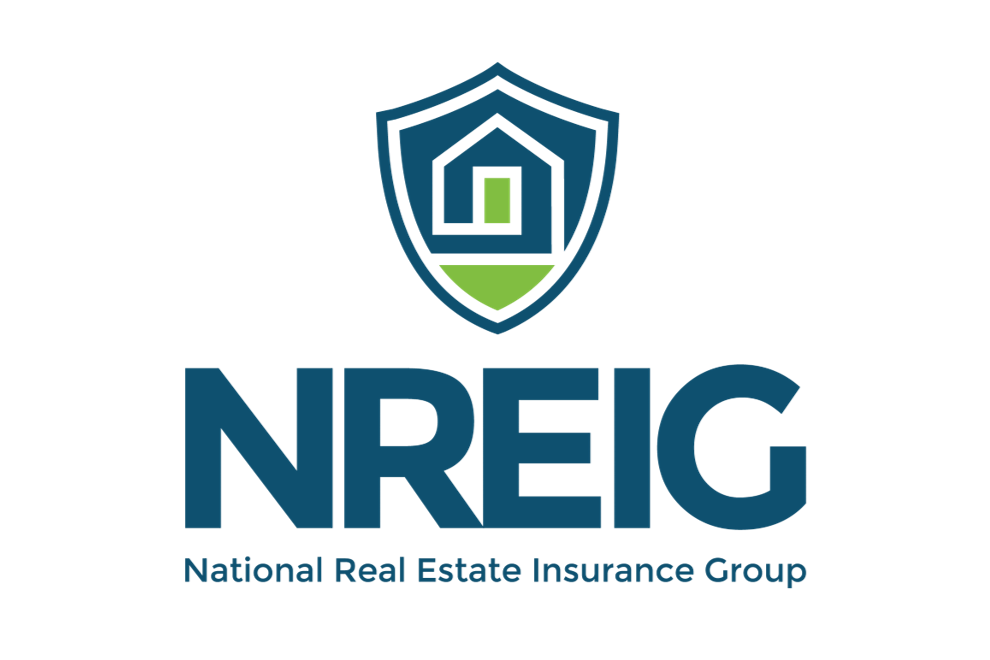
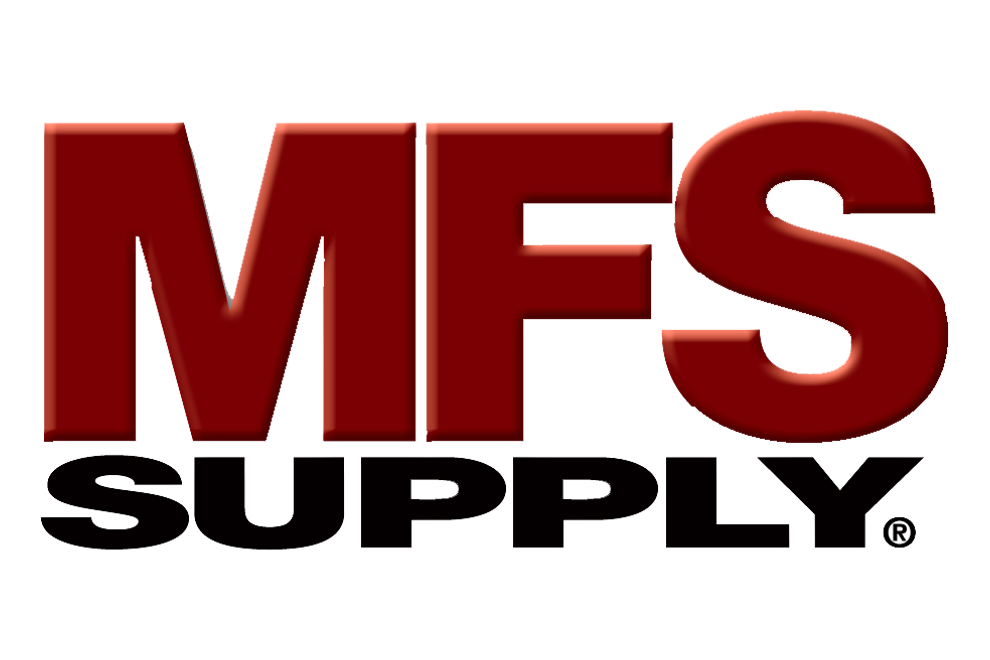

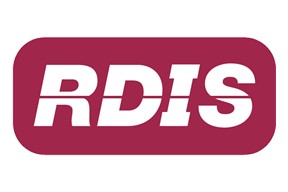
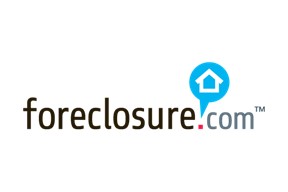
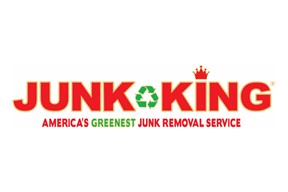
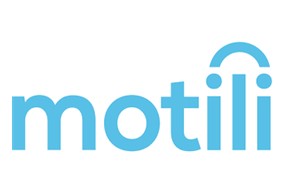
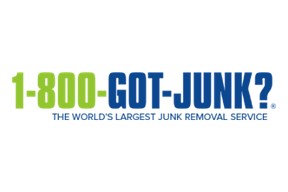

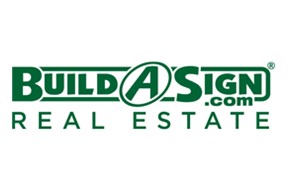
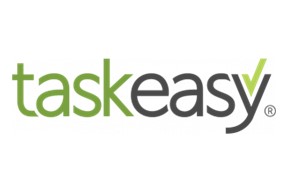
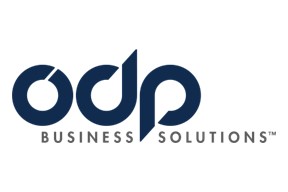
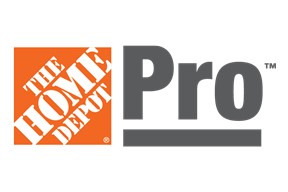
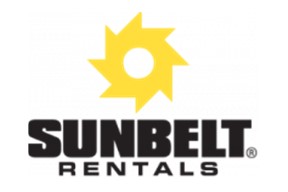
0 Comments